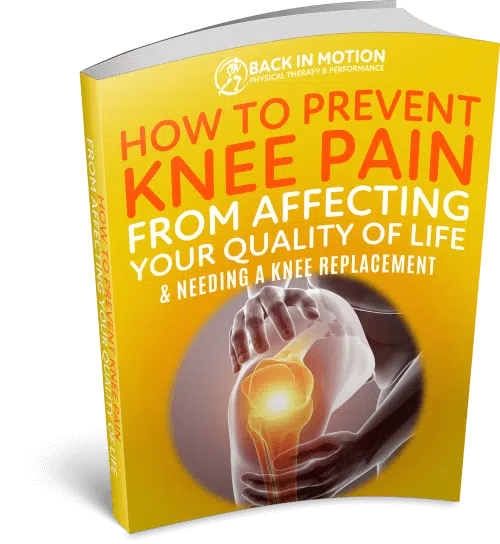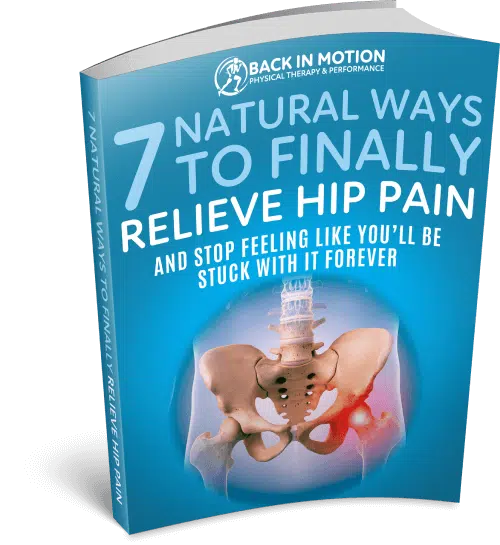Training for Speed (Part 1: An Introduction to Speed Training)
In the past few years, Back In Motion has been able to help and study athletes’ speed and agility with our speed training programs in Fort Myers. I think we can all agree that speed is an important component of athletic performance.
Whether this means:
- Sprinting on a track
- Lunging for a ball hit in the gap
- Going up for a rebound
As an athlete, you NEED to be able to get your body from point A to point B in as short of time as possible.
Speed includes both moving forward in a straight line (Sprinting) and changing your body’s direction (Agility).
A very common misbelief is that speed is just a genetic predisposition, meaning that you either “have it” or “do not have it”.
However, there are several things that you can do to improve your body’s ability to generate speed and change direction quickly.
Before we get into that though, there are a couple things we need to talk about first to lay the groundwork for developing the ultimate speed training program.
Get Strong to Get Speed
To begin, one of the biggest and maybe simplest principles to understand when it comes to speed is that:
Speed is all the ability of your muscles to contract quickly and strongly.
This can go one step further with the understanding of relative strength, which is the amount of strength you have compared to your bodyweight.
The stronger you are relative to your bodyweight, generally the faster you will be.
For example, we have two athletes, athlete A weighs 150 pounds and athlete B weighs 180 pounds.
If both athletes have a 1-rep max back squat of 250 pounds, athlete A has a relative strength of 1.67 (250 divided by 150), and athlete B has a relative strength of 1.39 (250 divided by 180).
With this information, we might assume that athlete A will be faster than athlete B.
This is one of the reasons why strength training is an important component of an athlete’s training program. However, relative strength is only one component of speed training.
Develop Your Power for Speed Development
The next component of speed is how fast your body can generate that strength.
This is where power comes into the equation.
Put simply with speed in mind, power is the ability to move your body weight from one place to another as fast as possible.
For example:
If we have two athletes (A and B), they each have a 30-inch vertical jump, but athlete A weighs 150 pounds and athlete B has 180 pounds.
Based on our definition of power, athlete B has a higher power output than athlete A since they were able to jump the same distance with a higher body mass.
This is where plyometric and power training come into play.
It is all about developing the athlete’s ability to generate high forces quickly.
Speed Training Technique
Finally, it is not enough that you are strong and powerful, you must also know how to move your body properly.
There are a lot of technical components of sprinting and changing direction.
This is where speed and agility drills come into play.
These drills are used to teach an athlete how to sprint, backpedal, shuffle, and cut from side to side as efficiently and smoothly as possible.
Do you see your athlete stumble when they are backpedaling to catch a fly ball?
Maybe they seem to be prone to rolling their ankle when ‘cutting’?
Or maybe they just seem to not be able to switch directions quickly when the play goes from offense to defense?
These are all components that can be learned and developed with agility training and technique work.
However, these need to be monitored by someone that is able to recognize the difference between if an athlete is hesitating as they approach the line, or if they are running confidently through the line.
Summary on Speed Training
As you can see from the above, genetics is not the only component to an athlete’s speed. Proper strength and conditioning programing, mixed with individual coaching, plays a big factor in an athlete’s speed as well. In Part 2 of this series, we will dive deeper into “Get Strong to Get Fast”.









